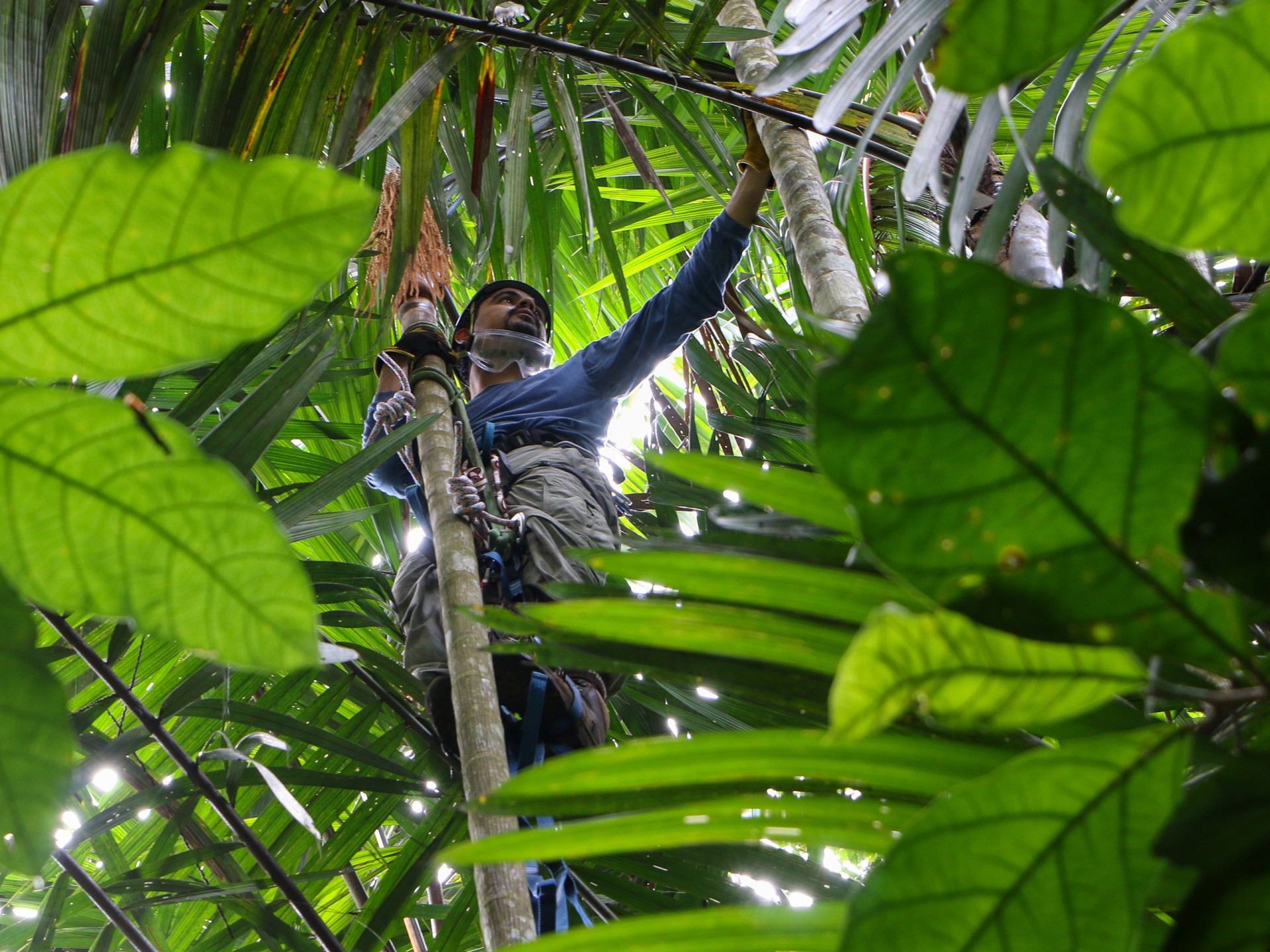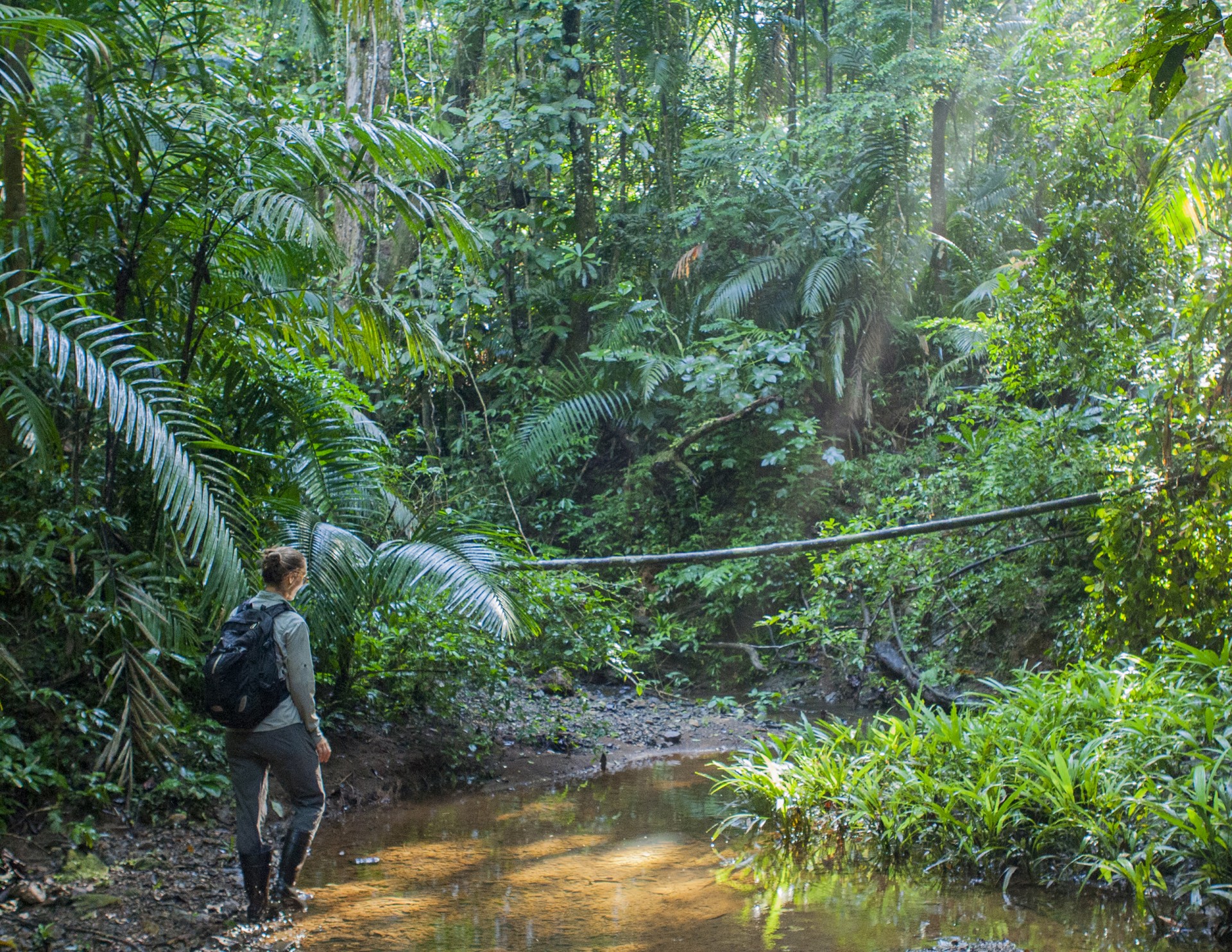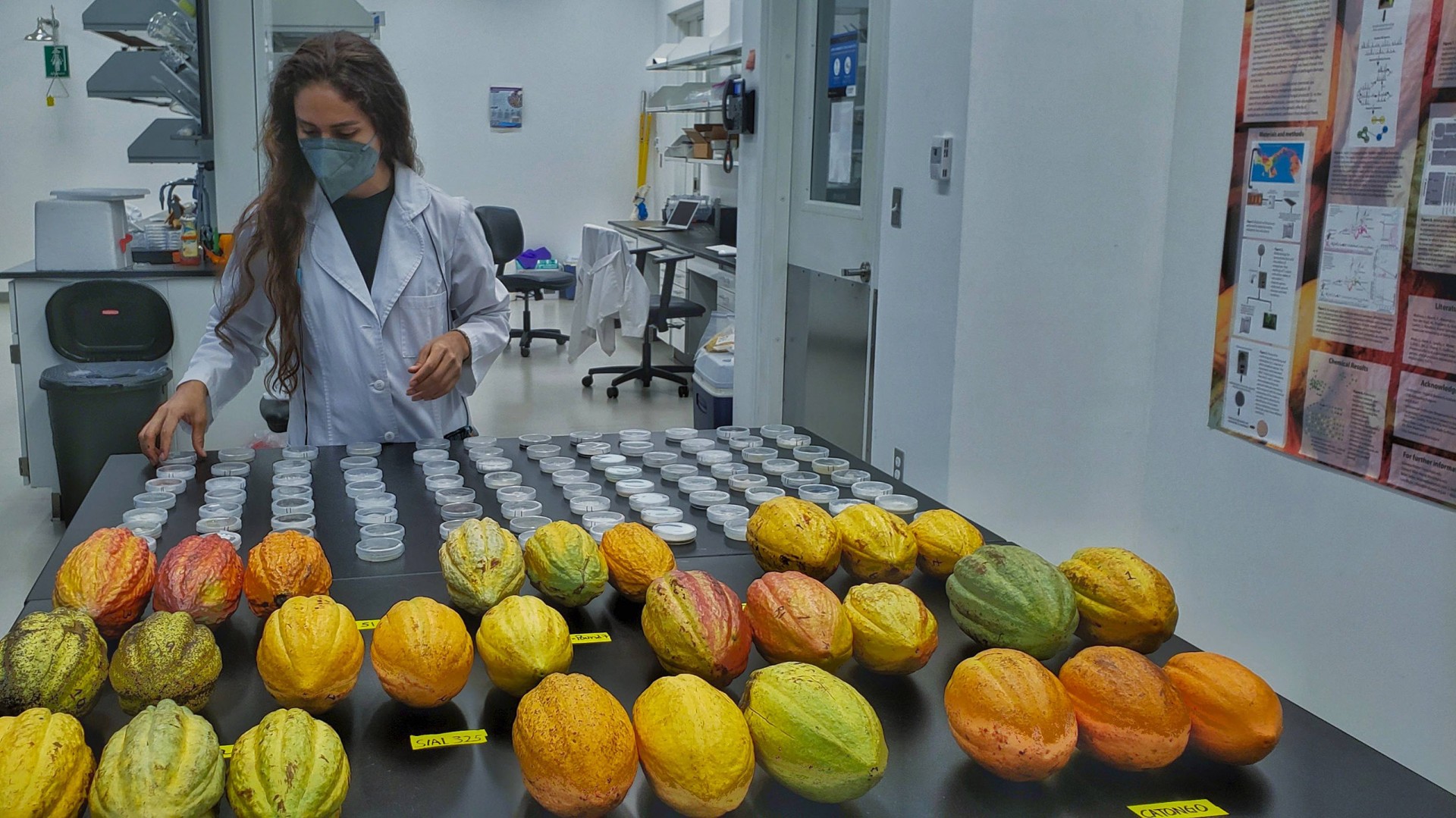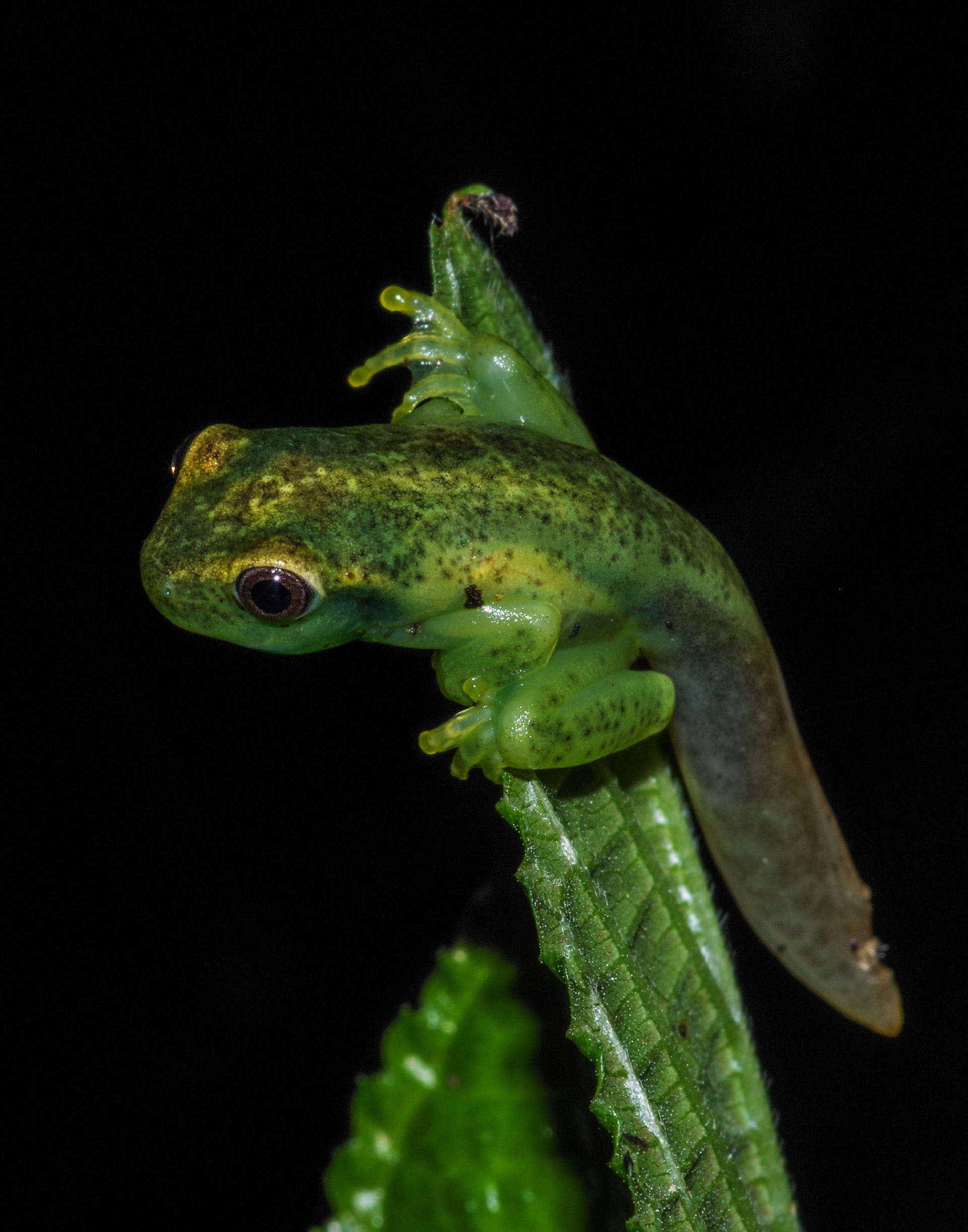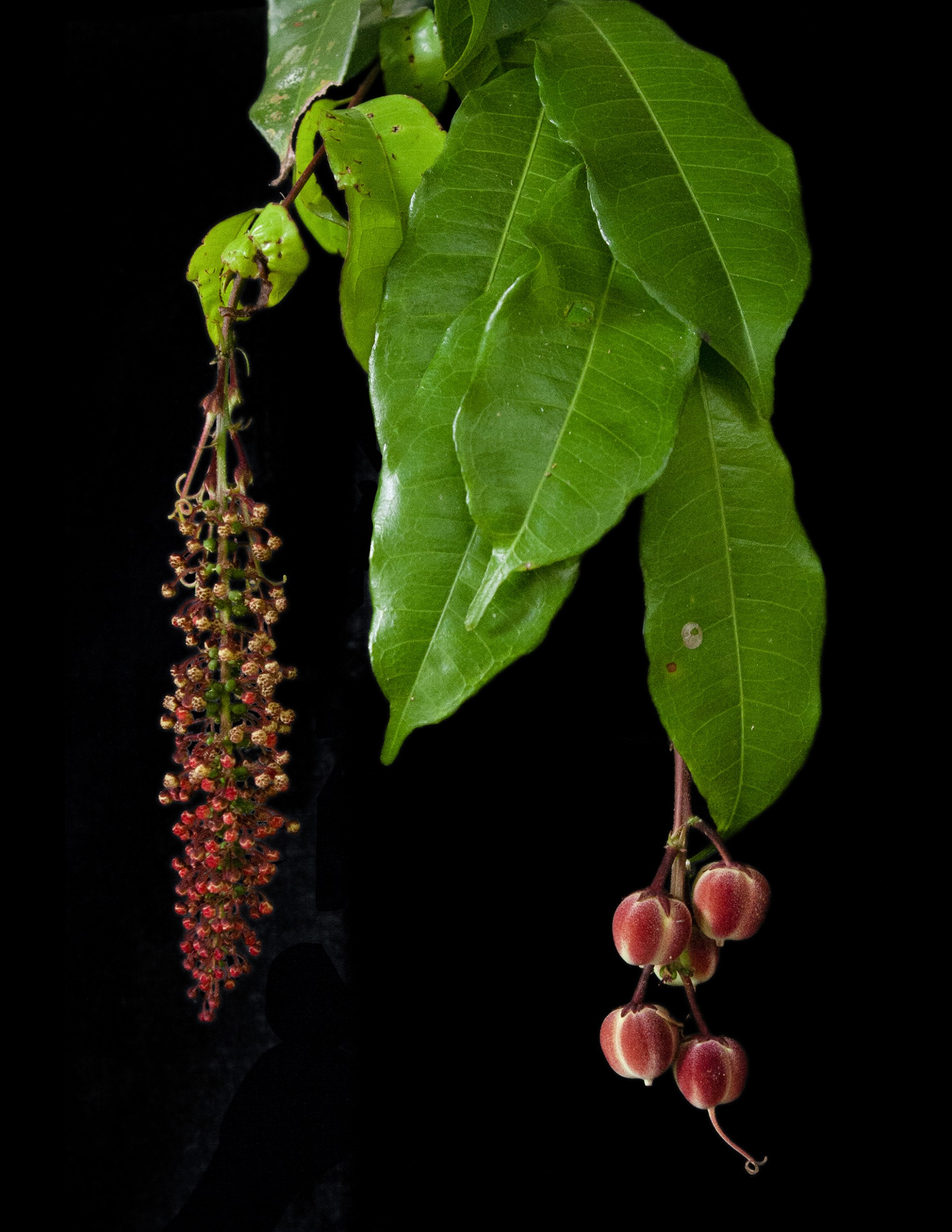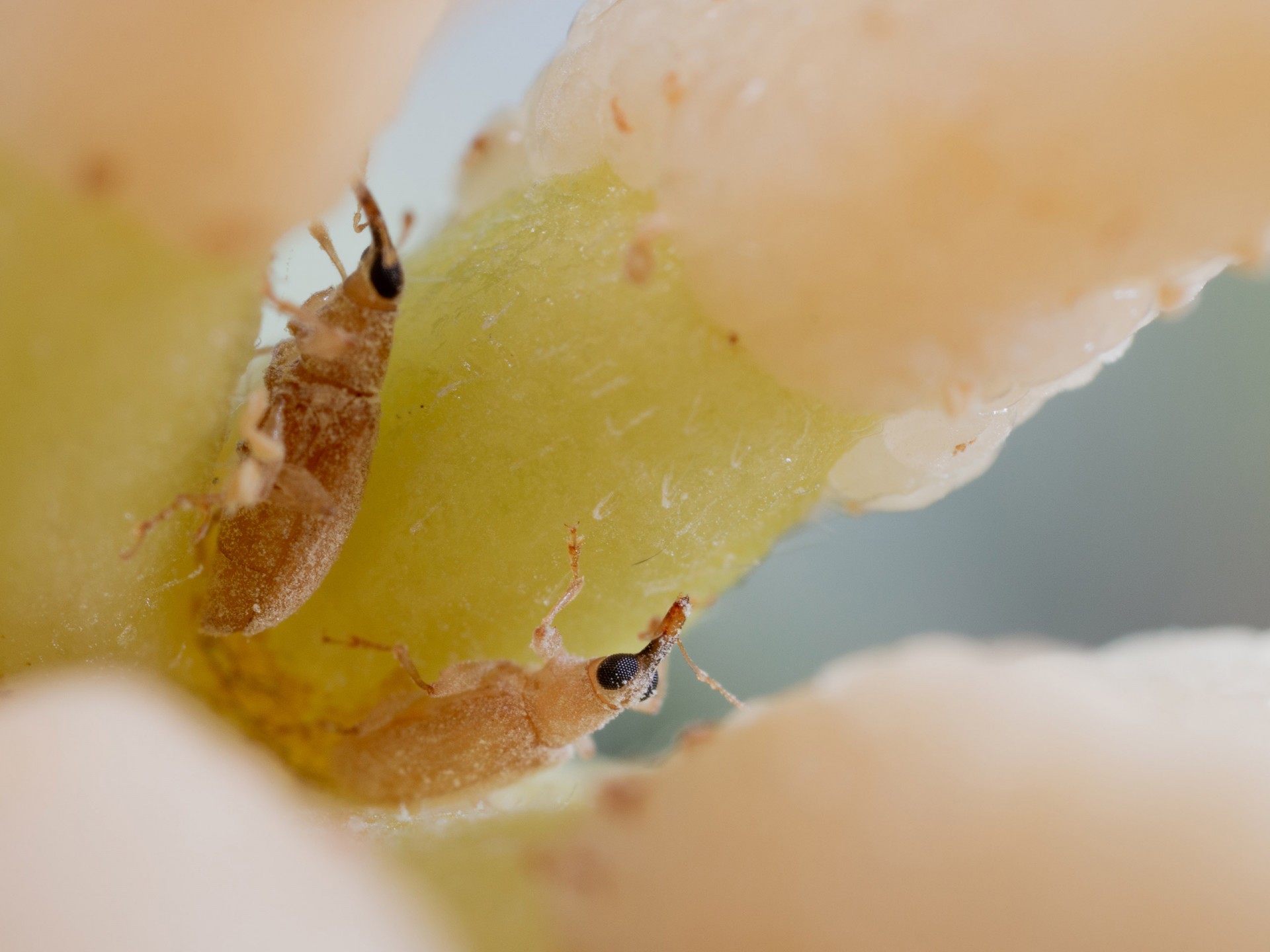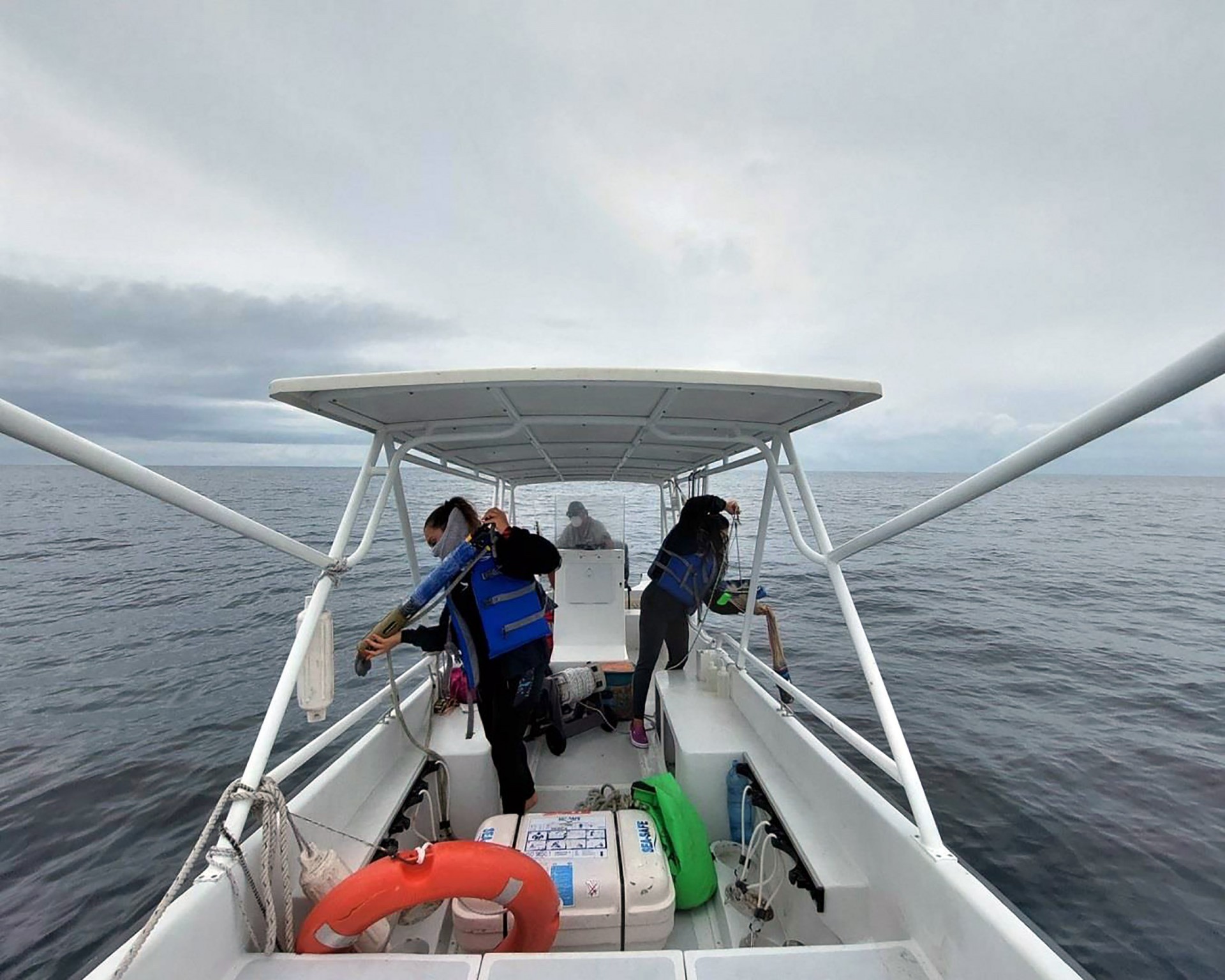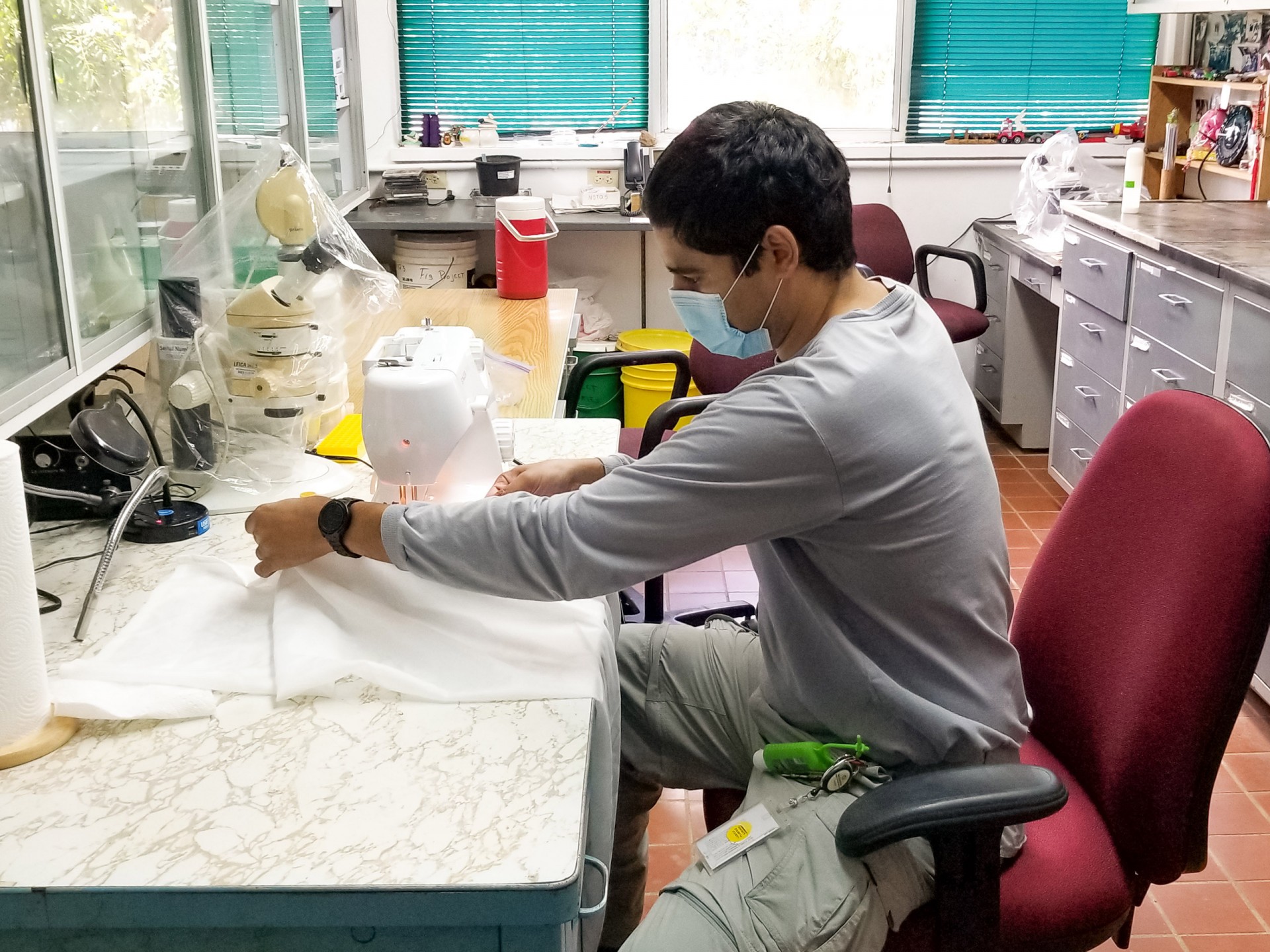Photo
contest
Interns and fellows’ display their photographic skills
Text by Paola Gómez
Cover photo by Luke Linhoff
Each year since 2018 (with the exception of 2020), the Office of Academic Programs sends a call for interns and fellows (graduate students and postdoc fellows) to submit photos and videos while doing research at STRI as a way to recognize the talent of our academic community.
Traditionally, the photo categories included “Fellows doing science” and “Research organisms”. In 2021, a new category was introduced to portray the challenges of “Science during COVID-19”.
This year, we received 39 photos from 11 participants with the following breakdown: 23 photos submitted under the “Research organism” category, 9 photos of “Fellows doing science” and 7 photos for “Science during COVID-19”. Unfortunately, the video category received no submissions.
A committee composed by STRI personnel selected the top images on each category. These are the winners with the descriptions submitted by the participants.
Fellows doing science
First place: Tauana Cunha. Postdoctoral fellow Bruno de Medeiros 8 meters high on the palm tree Oenocarpus mapora to collect insects in the yellow inflorescence.
Second place: Riley Fortier. Graduate students Julia Harencar searches for spiral gingers (Costus spp.) along the Juan Grande stream in the morning light.
Third place: Yaleskia Valdes. The different varieties of Theobroma cacao fruits and the endophytic fungi isolated from them.
Research organism
First place: Luke Linhoff. A very young, wild metamorphic frog that has yet to absorb its tail.
Second place: Riley Fortier. Portrait of Mabea occidentalis. The female and male flowers are on the top and bottom of the inflorescence seen on the left. Successful pollination yields three-capsuled fruit as seen on the right.
Third place: Bruno de Medeiros. A pair of tiny Udeus eugnomoides weevils covered in pollen and hiding at the base of inflorescences of Cecropia peltata (guarumo), one of the most abundant trees in Panama.
Science during COVID
First place: Alexandra de Leon. Alexandra Guzmán from the Physical Monitoring Program, Alexandra De León and María Sánchez from the Collin Lab, carried out zooplankton collections and measurements of the physicochemical variables of seawater at seven sites within the Bay of Panama.
Second place: Yaleskia Valdes. During the time that I was no longer able to participate in the cacao fruit microbiome project, I took advantage of my nephew's curiosity to teach him about the wonderful Fungi Kingdom.
Honorary mention: Bruno de Medeiros. Postdoctoral Fellow Bruno de Medeiros learning to sew pollination bags to conduct his research on palm tree pollinators during the Covid-19 pandemic.

